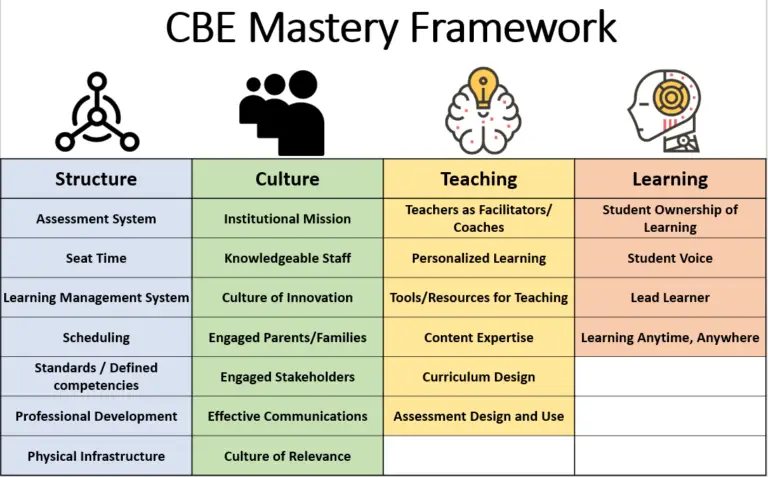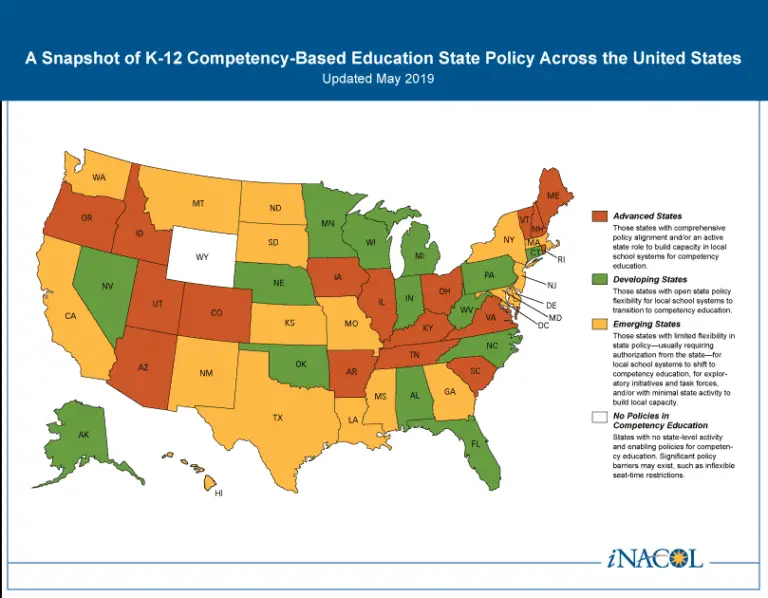This blog was originally published on EdNC and is the fifth piece in a five-part series of perspectives from RTI International on competency-based education amid COVID-19. Follow along with the rest of the series here.
The North Carolina State Board of Education approved the submission of the Report to the North Carolina General Assembly about Competency-Based Assessment and Teaching Models on May 7, 2020.
Included in the approval was a transmittal letter from Chairman Eric Davis requesting further discussion about competency-based education (CBE) between the General Assembly, the state Department of Public Instruction (DPI), and the Board. Davis’ letter states that this discussion would cover the complexity of transitioning to a new learning and assessment system and include “consideration of the impact of COVID-19 on the delivery of instruction that continuously meets the needs of students, particularly in situations requiring stay-at-home orders.”
The report was initially brought to the Board for discussion on April 2. During that presentation, two questions arose:
- Knowing that one of the biggest barriers to moving in the direction of CBE is community support and shared understanding of what CBE is, how can North Carolina move toward CBE?
- Is the emergency remote learning response to COVID-19 the impetus to begin a statewide CBE journey?
Addressing barriers and shared understanding
The aforementioned report includes a definition of CBE that was created in partnership between North Carolina’s Regional Education Laboratory Southeast Alliance — which includes DPI — and educators across the state.
As a personalized learning approach, CBE provides a flexible and engaging learning environment in which progression is based on mastery of explicit learning objectives, or competencies, as demonstrated through evidence of student learning, rather than the time spend in a course/topic.
The Alliance also worked with educators and its members to develop a CBE Mastery Framework.

The framework breaks CBE into four elements: structure, culture, teaching, and learning. When these four elements are addressed — both separately and in tandem — effective CBE systems can flourish.
Having a shared understanding of what CBE is allows clear, consistent communication with the entire education community. Open communication about the differences between CBE and traditional practices ensures that students, their families, educators, school and district leaders, as well as other stakeholders can support this structure of schooling.
Effective CBE policies and practices
Knowing what CBE is, how it works, and where it works can be helpful as North Carolina thinks about its own future with CBE. There are already some schools in North Carolina engaging with CBE practices:
- Carroll Middle in Wake County has developed competencies and has taken a competency-based approach to grading.
- Innovation Academy in Johnston County has interwoven project-based learning, social-emotional learning, and standards-based teaching into their own CBE framework.
- Tri-County Early College in Cherokee County focuses on giving students feedback and delivering content through authentic, community-based projects.
- Shuford Elementary in Catawba County has a deep culture of innovation and personalization embedded in its mission and vision that is evident throughout the school.
- Most elementary schools across the state currently engage in standards-based grading practices.
Even with these in-state models, we can find even more examples when looking outside of North Carolina.

This map, compiled by the Aurora Institute as a follow-up to their 2012 map, shows that North Carolina is considered a “developing” state — the same designation it had eight years ago. Developing states have “open state policy flexibility for local school systems to transition to competency education,” meaning that individual schools or districts can transition to CBE but without full statewide guidance or capacity building.
Being surrounded by three states that are considered “advanced” in this work gives North Carolina an opportunity to learn from its neighbors about how strong CBE policies were created, how state departments of education have built capacity in local districts around CBE, and where to find more exemplars of best CBE practice.
The pathway to CBE
We know that transitioning to different pedagogical structures takes time. Moving from a teacher-centric, lecture-based classroom to a student-centric, collaborative classroom is a shift. Figuring out a new learning management system like Google Classroom or Canvas is a shift. Using a SmartBoard like my pre-calculus teacher did in 2007 was, at that time, a shift.
As schools and districts across the state have taken to remote learning amidst this pandemic, there may be an interest in learning more about how to make the switch to competency-based systems. Acknowledging that these transitions take time, here are three beginning steps schools and districts can take if they are interested in shifting their practice to be more CBE-aligned:
- Understand that CBE is for every child. Part of what makes a CBE system work for its students is when every child is fully supported to learn at their own pace. An example of ensuring student access to CBE could be schools offering independent paced learning to every student and not just those who are “ahead” with their work.
- Engage stakeholders when crafting your CBE transition. CBE is largely built on culture, and a key component to culture is engaged students, families, and community members both inside and outside of the school. Involving stakeholders in the conversation and helping them understand the strong positive benefits to student learning keeps everyone up-to-date and builds a collective drive to carry out CBE.
- Know you are not alone. The work of transitioning to CBE has its struggles, and it is important to recognize that you are not alone in this shift. The North Carolina Regional Education Laboratory Southeast Alliance offers coaching supports to schools and districts invested in creating CBE systems for their students, providing research and networking to find solutions to common challenges to CBE transitions.
If you are interested in learning more about the Alliance, please contact the Alliance Manager, Laura Knapp, at lgknapp@rti.org.
If you have any questions about this article, feel free to reach out to Allison Redden at aredden@rti.org.
